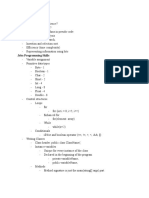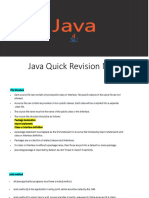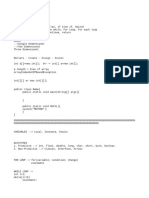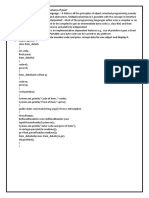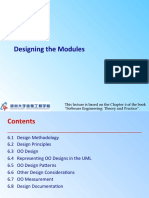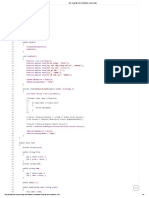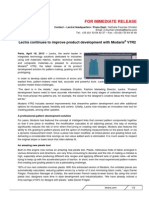0% found this document useful (0 votes)
8 views15 pagesData Types
The document provides an overview of Java programming concepts including data types, operators, control statements, arrays, user input methods, access specifiers, object-oriented programming principles, and exception handling. It explains various programming constructs such as conditional statements, loops, and classes, along with their syntax and usage. Additionally, it covers key concepts like inheritance, polymorphism, encapsulation, and data abstraction in Java.
Uploaded by
moteom9021Copyright
© © All Rights Reserved
We take content rights seriously. If you suspect this is your content, claim it here.
Available Formats
Download as PDF, TXT or read online on Scribd
0% found this document useful (0 votes)
8 views15 pagesData Types
The document provides an overview of Java programming concepts including data types, operators, control statements, arrays, user input methods, access specifiers, object-oriented programming principles, and exception handling. It explains various programming constructs such as conditional statements, loops, and classes, along with their syntax and usage. Additionally, it covers key concepts like inheritance, polymorphism, encapsulation, and data abstraction in Java.
Uploaded by
moteom9021Copyright
© © All Rights Reserved
We take content rights seriously. If you suspect this is your content, claim it here.
Available Formats
Download as PDF, TXT or read online on Scribd
/ 15



